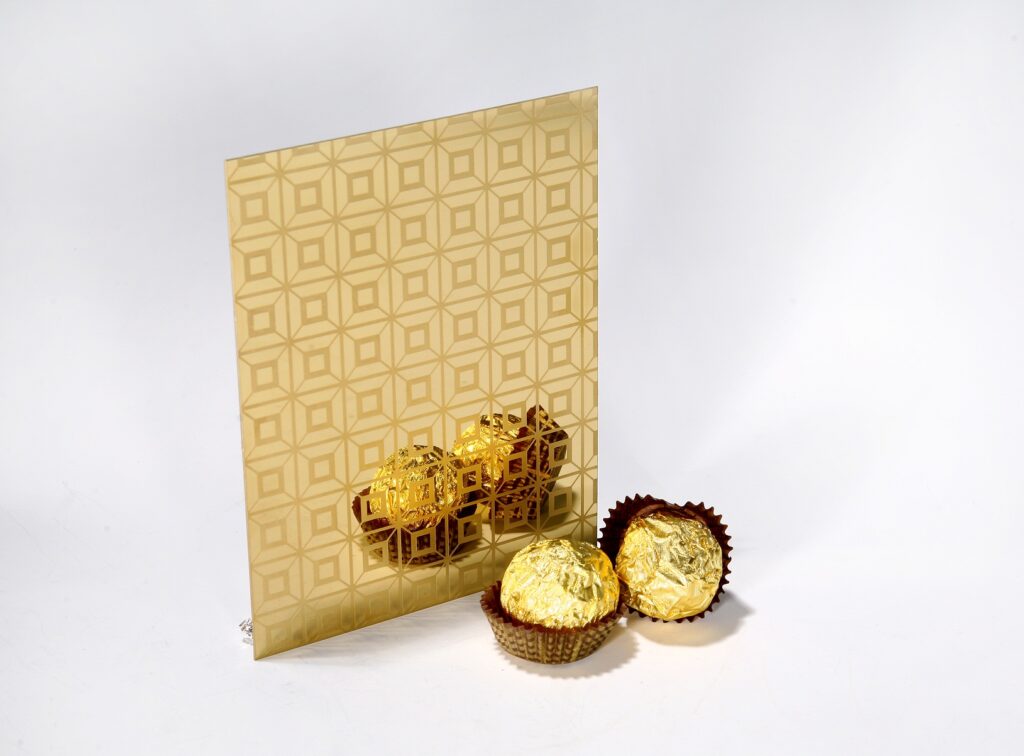The corrosion resistance of stainless steel sheet depends on chromium (Cr).
When the chromium composition reaches to 10.5%, the atmospheric corrosion resistance of the steel is increasing. but when the chromium content is higher, although the corrosion resistance can still improve, it is not obvious. The reason is that when steel is alloy with chromium.
The type of of surface oxide is change to a surface oxide. This tightly adhered chromium-rich oxide protects the surface and prevents further oxidation. This oxide layer is extremely thin, and the natural luster of the steel surface can be seen through it. giving the stainless steel a unique surface. Moreover, if the surface layer is damage, the exposed steel surface will react with the atmosphere to repair itself . and re-form this oxide “passivation film” to continue to play a protective role.
Therefore, all stainless steel elements have a common characteristic, that is, the chromium content is above 10.5%.
When add nickel to stainless steel sheet, it becomes an austenitic stainless steel. The addition of nickel and the increase of the nickel content lead to steel thermodynamic stability increase. Therefore, austenitic stainless steel has better rust resistance and resistance. It is worth pointing out that, nickel is also the only important element to improve the austenitic stainless steel resistance. To many medium trans crystalline stress corrosion.
304 is a general duty stainless steel. which is widely use to make equipments and parts, that require good overall performance. (corrosion resistance and formability)
301 stainless steel shows obvious hardening and deformation, and it is use in various occasions , that requiring higher strength.
302 stainless steel is essentially a variant of 304 stainless steel with higher carbon content. which is to obtain higher strength, through cold rolling.
